TL;DR
- WordPress.org is preferred for custom development (vs. WordPress.com).
- Custom vs. Themes: Themes are quick and cheap but limited. Custom builds are unique, scalable, and better performing but cost more.
- Benefits: Full design freedom, faster performance, enhanced SEO, better security, and long-term scalability.
- Trends: Headless CMS, Gutenberg Full Site Editing, AI integration, sustainability, built-in security, privacy by design, and Progressive Web Apps (PWAs).
- Costs (2025): Range from $2,000 (basic site) to $50,000+ (enterprise-level), depending on complexity and features.
Introduction
WordPress remains one of the most popular website platforms, powering over 40% of websites on the internet. While the platform offers ease of use with themes and plugins, a growing number of businesses are turning to custom WordPress development to build unique, high-performance websites. In 2025, creating a custom WordPress site not only enhances user experience but also enables scalability, security, and better performance. Partnering with a skilled WordPress development company can help ensure that your site is tailored to your specific needs and optimized for long-term success. If you want a website that stands out in a crowded digital landscape, custom WordPress development might be the best choice for your business.
WordPress at Its Core: What Makes It So Popular?
Before diving into customization and development, it’s essential to understand what WordPress really is. WordPress is an open-source CMS that powers over 40% of all websites on the internet. It offers a vast ecosystem of themes, plugins, and integrations, making it suitable for everything from personal blogs to enterprise-level applications.
Read More: SCF vs. ACF: Why WordPress Forked Advanced Custom Field
What is Custom WordPress Development?
Custom WordPress development refers to the process of building a WordPress website using bespoke themes, plugins, and features tailored to a business’s specific needs. Unlike using pre-built templates or themes, custom development allows developers to code a website from the ground up, ensuring that the design, functionality, and features are aligned with business goals.
While WordPress comes with a variety of free themes and plugins, these pre-built options may not provide the flexibility, control, or performance that a custom-built website offers. Custom WordPress development is all about crafting a website that meets both the immediate needs and long-term vision of a business.
Why Choose Custom WordPress Website Design in 2025?
The need for custom WordPress development in 2025 is driven by several key factors:
- Flexibility and Control: Custom development gives you complete control over your site’s functionality, from design to performance.
- Personalized User Experience: You can create a site tailored to the specific needs of your users, making it more engaging and effective.
- Better Performance: A custom site is optimized for performance, ensuring fast load times, a better user experience, and higher SEO rankings.
- Scalability: As your business grows, a custom-built site can be easily expanded to accommodate new features and increasing traffic.
- Security: Custom WordPress websites are less vulnerable to the typical security flaws found in pre-built themes and plugins.
What is the Difference Between WordPress.com and WordPress.org?
Understanding the difference between WordPress.com and WordPress.org is crucial before embarking on a custom WordPress development project.
WordPress.com vs. WordPress.org: Key Differences
- WordPress.com: A hosted platform where WordPress manages your site. It’s an all-in-one solution but limits customization options. You can upgrade to premium plans for more control, but you’ll still be confined by the platform’s limitations.
- WordPress.org: The self-hosted version of WordPress. You download the WordPress software, install it on your own server, and have full control over your site. For custom WordPress development, you need to use WordPress.org, as it offers the flexibility needed to design and build a custom website.
WordPress.org vs. WordPress.com: Which Is Better for Custom WordPress?
When developing for WordPress, using WordPress.org gives you full control—ideal for implementing a custom WordPress development service. WordPress.com’s limitations make it less suitable for anyone needing unique features or backend logic.
Pre-built Theme vs. Custom WordPress Development
When building a WordPress website, you typically have two options: using a pre-built theme or going for custom WordPress development. Understanding the differences between these two options will help you decide which one is best for your needs.
WordPress Themes
Pre-built WordPress themes are ready-to-use templates that you can easily install on your site. There are thousands of themes available in the WordPress theme directory, and many third-party marketplaces offer premium themes as well.
Pros of Using Themes:
- Quick and easy setup: Themes are easy to install and use, making them a good option for those with minimal technical expertise.
- Affordable: Many themes are free, and premium themes come at a relatively low cost.
Cons of Using Themes:
- Limited customization: While themes offer customization options, they are still bound by their original design, making it difficult to fully personalize the site.
- Performance issues: Some themes come with bloated code and unnecessary features, which can slow down your website.
- No uniqueness: Since many people use the same themes, your website may look like many others.
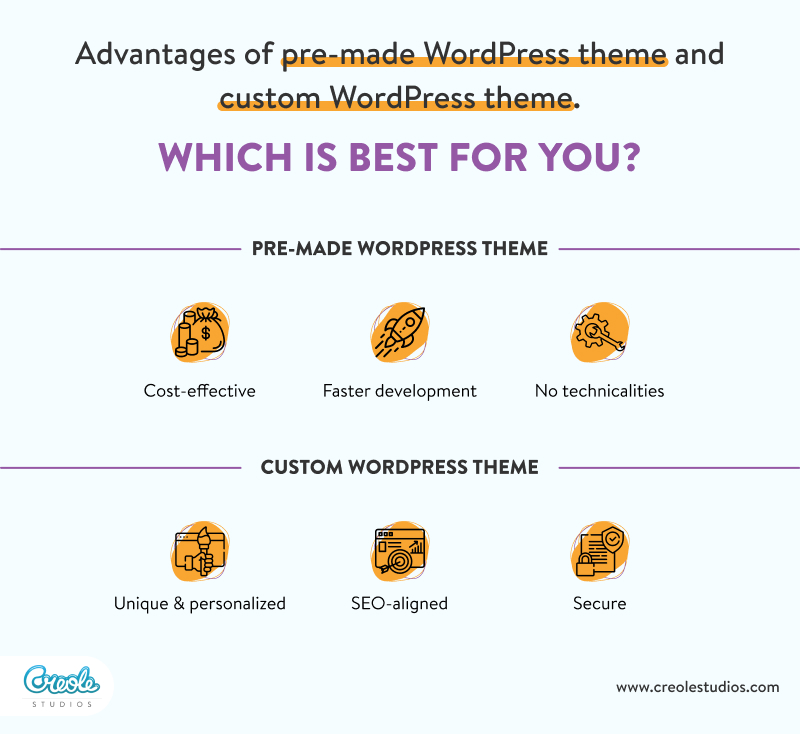
Custom WordPress Development
Custom WordPress development allows you to create a fully personalized website that meets your unique business requirements. With a custom-built site, you can craft every aspect of your site’s design, functionality, and user experience from scratch.
Pros of Custom Development:
- Complete design freedom: You can create a website that perfectly reflects your brand and business goals.
- Optimize for performance: Custom sites can be optimized for speed, security, and scalability.
- Unique functionality: Custom-built plugins and features ensure your site has the tools you need to succeed.
Cons of Custom Development:
- Time-consuming: Custom development takes time, from designing the website to coding its functionality.
- Cost: Building a custom site is generally more expensive than using a pre-built theme.
If you’re still unsure about which route to take, it can be helpful to explore a deeper comparison of Premade themes vs. custom website design to understand the long-term implications of each approach. This comparison delves into use cases, scalability, and the technical trade-offs involved—key factors when making an informed decision.
Why Themes Fall Short for Custom WordPress Website Services
Pre-built templates are convenient but can’t match the flexibility and brand precision of WordPress custom design. Choosing a custom WordPress web design approach gives you the freedom to integrate niche features or branding elements unavailable in generic themes.
Key Benefits of Custom WordPress Development
Custom WordPress development offers a wide range of benefits that are crucial for businesses looking to make a mark in 2025. Here are the key advantages:
- Full Control Over WordPress Design and Development
Opting for a custom WordPress website development approach means you aren’t limited by the constraints of third-party themes. You get a fully personalized layout and functionality—crafted to your needs. - Enhanced Performance
A custom WordPress website is optimized for speed, ensuring that your site loads quickly and performs well on both desktop and mobile devices. Since the code is written specifically for your site, there is less chance of unnecessary features or bloat affecting your website’s performance. - Scalable and Secure Bespoke WordPress Development
One of the advantages of bespoke WordPress development is its ability to evolve as your business scales. With custom architecture, your site stays performant and secure under growing traffic and new feature demands. - SEO Benefits
Custom WordPress sites offer better SEO optimization. The site structure, content, and metadata can be fully optimized to ensure your site ranks well on search engines. A custom-built website also allows you to implement advanced SEO strategies that are difficult to achieve with pre-built themes. - Security
Custom WordPress websites tend to be more secure because they are not reliant on third-party plugins or themes that could have vulnerabilities. Custom development allows you to implement best practices in security, ensuring that your website is protected from hacking attempts and other security threats.
Emerging Trends in Custom WordPress Development (2025)
As WordPress continues to evolve, staying ahead of the curve means keeping an eye on the latest innovations that shape how websites are built, experienced, and managed. Here’s a look at the top custom WordPress development trends making waves in 2025:
1. Headless WordPress Architecture
Headless setups are gaining traction as developers seek faster, more flexible websites. By using WordPress for content and frameworks like React or Next.js for the frontend, you get better performance and multichannel delivery. For a practical example, this guide on integrating GatsbyJS with WordPress breaks down how the architecture works and its key advantages.
2. Gutenberg Full Site Editing (FSE)
Gutenberg has matured from a block editor into a full site editing toolkit. With FSE, developers can now offer more flexible and intuitive customization options, empowering clients to manage layouts without touching code — a huge win for user experience.
3. AI and Automation
AI tools are now being embedded into WordPress for content creation, SEO analysis, chatbot integration, and even code suggestions. Plugins and themes powered by AI are helping businesses scale faster and smarter, offering personalization at every touchpoint.
4. Sustainability and Green Hosting
Eco-conscious development is trending. Developers and site owners are prioritizing green hosting providers, efficient codebases, and reduced server loads to lower carbon footprints — aligning with ESG goals and modern consumer expectations.
5. Privacy & Compliance by Design
With evolving regulations like GDPR, CCPA, and India’s DPDP Act, custom WordPress development in 2025 now bakes in privacy features from day one. This includes cookie consent management, data minimization, and secure data storage protocols.
6. Built-In Security Frameworks
Security-first development is no longer optional. Developers are now integrating tools like WPScan, two-factor authentication (2FA), and automated security patches into custom builds to prevent vulnerabilities and protect user data.
7. Mobile-First Progressive Web Apps (PWAs)
Custom WordPress sites are increasingly being turned into PWAs — ensuring lightning-fast load times, offline functionality, and app-like UX on mobile devices. It’s a game-changer for engagement and retention.
How Much Does it Cost to Develop a Custom WordPress Website?
The cost of developing a custom WordPress website in 2025 varies significantly depending on your requirements, complexity, and the development team you hire. Here’s a breakdown to give you a general idea:
| Website Type | Estimated Cost (USD) | Inclusions |
| Basic Custom Website | $2,000 – $5,000 | – Custom design – Basic pages (Home, About, Contact) – Blog functionality – Minimal integrations |
| Mid-Range Website | $5,000 – $15,000 | – Custom design + development – Advanced features (portfolios, contact forms, email automation) – On-page SEO – Mobile responsiveness – Speed optimization |
| High-End / Enterprise | $15,000 – $50,000+ | – eCommerce functionality – Membership portals – Multilingual support – API integrations – Custom plugins – Complete UX/UI strategy |
Factors That Influence Cost
- Number of custom features
- Complexity of design
- Choice of development team (freelancer vs. agency)
- Timeline and urgency
- Ongoing maintenance and support
Since these figures can vary widely depending on your project scope, it’s helpful to get a more tailored estimate. Tools like the Website Cost Calculator can guide you through a few simple questions to generate a personalized cost estimate based on your specific needs. It’s especially useful if you’re still evaluating the budget for your project or comparing different development approaches.
Why Invest in Custom WordPress Website Design?
While themes provide a quick launchpad, a custom WordPress website gives you complete control. You can integrate complex workflows, personalized user dashboards, advanced analytics, and even tailor backend functions specific to your operations.
Beyond aesthetics, a custom site offers long-term value through faster load times, stronger security, and better scalability.
Step-by-Step Custom WordPress Website Development Guide
Step 1: Identifying Your Requirements
Begin your project by identifying what the site should achieve. Is it a lead-generation funnel, an eCommerce platform, or a membership portal? A solid strategy sets the foundation for a successful custom WordPress website.
- Define your business goals: What do you want to achieve with your website? Is it lead generation, eCommerce, or brand visibility?
- List features and functionalities: Consider adding forms, galleries, payment systems, or customer support features.
- Set a budget and timeline: Establish a realistic budget and a timeline for development to manage expectations.
Step 2: Choose the Right Custom WordPress Designer or Team
A custom WordPress designer understands the nuances of UX, accessibility, and performance optimization. Whether you hire a freelancer or agency, make sure they specialize in custom WordPress development service.
- Freelancers: Freelancers may be more affordable, but it can be difficult to find someone who has all the skills needed for custom WordPress development.
- Agencies: An agency typically offers a full team of experts, including designers, developers, and project managers, ensuring a higher level of expertise and support.
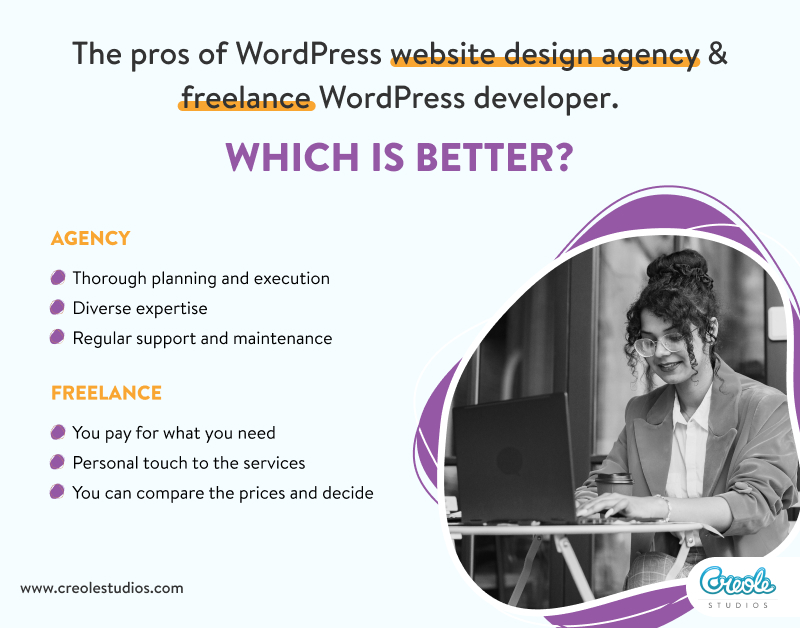
If you are, too, looking for a reliable developer but are confused about whether to choose a WordPress Agency or Freelance WordPress Developer, let’s help you make an informed decision.
Step 3: Hire a WordPress Developer
If you decide to work with a freelancer or agency, ensure that you hire wordpress developers who specialize in custom WordPress development. Look for the following qualities:
- Experience: They should have a portfolio showcasing custom WordPress projects.
- Technical Skills: Look for expertise in HTML, CSS, JavaScript, PHP, and MySQL.
- Reviews and Testimonials: Check client feedback to ensure the developer is reliable and capable.
Step 4: Designing and Developing Your Custom Theme
Work with your team to create a custom theme that reflects your brand and offers the best user experience. Focus on aspects such as:
- User Experience (UX): Design an intuitive and easy-to-navigate website.
- Responsive Design: Ensure that your website is mobile-friendly and performs well across all devices.
- Custom Branding: Incorporate your brand’s colors, fonts, and other elements to create a cohesive brand presence.
Step 5: Creating Custom Plugins and Integrations
Custom themes and plugins are central to WordPress design and development projects. They allow for seamless user flows, integrations, and backend logic that generic plugins can’t provide.
- E-commerce functionality: Add custom shopping carts, checkout systems, or product pages.
- CRM or email marketing integrations: Integrate customer management systems and marketing tools directly into the site.
Step 6: Testing Your Custom WordPress Website
Once the development is complete, it’s essential to thoroughly test your website for performance, functionality, and security. Testing should include:
- Usability Testing: Ensure the site is easy to navigate and user-friendly.
- Security Audits: Check for vulnerabilities and ensure all data is protected.
- Performance Testing: Test load speeds and optimize the site for better performance.
Step 7: Launching Your Website
Before launching, make sure everything is in place:
- Backup Your Site: Always have a backup before going live.
- Final Checks: Double-check that all content, links, and images are correctly displayed.
- Monitor Post-Launch: Keep an eye on site performance and fix any issues that arise.
Step 8: Ongoing Maintenance and Updates
Regular maintenance is critical for the longevity of your custom WordPress website:
- Updates: Regularly update WordPress, themes, and plugins to ensure compatibility and security.
- Backups: Set up automatic backups to prevent data loss.
- Performance Monitoring: Continue to monitor and optimize site speed and security.
👉 Explore the advantages of custom WordPress development to understand its long-term value.
Post-Launch Maintenance for Your Custom WordPress Site
Keeping your WordPress development website running smoothly requires ongoing care—updates, backups, and optimizations must be part of your routine.
1. Maintenance & Updates
- Regularly update WordPress core, themes, and plugins.
- Clean your database and fix broken links.
- Schedule automated backups to prevent data loss.
2. Security Best Practices
- Use firewalls and malware scanners like Wordfence or Sucuri.
- Enable two-factor authentication and limit login attempts.
- Always run your site on HTTPS.
3. Performance Optimization
- Implement caching and image compression.
- Use a CDN for faster global access.
- Enable lazy loading for smoother browsing.
4. User Feedback
- Collect insights via surveys, heatmaps, or session recordings.
- Use A/B testing to improve content and UX.
- Monitor user comments and support tickets for improvement ideas.
A successful WordPress site needs ongoing attention. Prioritize maintenance, security, speed, and user input to keep your site thriving long after launch.
Conclusion
Custom WordPress development provides businesses with a unique opportunity to build websites that meet their specific needs. By following the steps outlined in this guide, you can ensure your custom WordPress site is tailored to your brand and business goals while being secure, scalable, and optimized for performance. As you move forward with your project, it’s important to hire WordPress developers who understand your vision and have the technical expertise to bring it to life. Make sure to choose the right team, clearly define your requirements, and maintain your site regularly to ensure it stays up-to-date and continues to serve your business well.
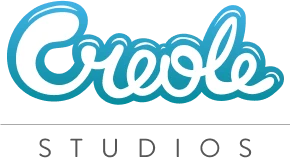

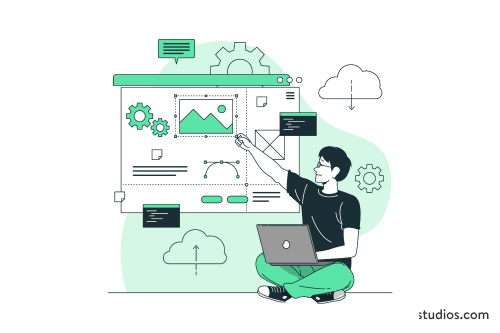








 30 mins free Consulting
30 mins free Consulting 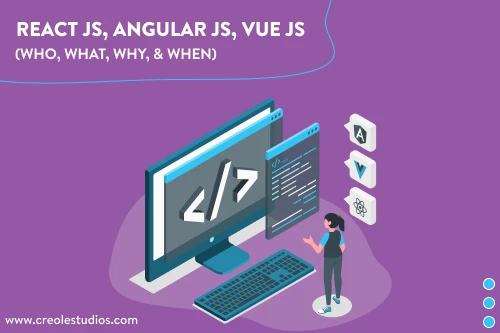
 10 min read
10 min read 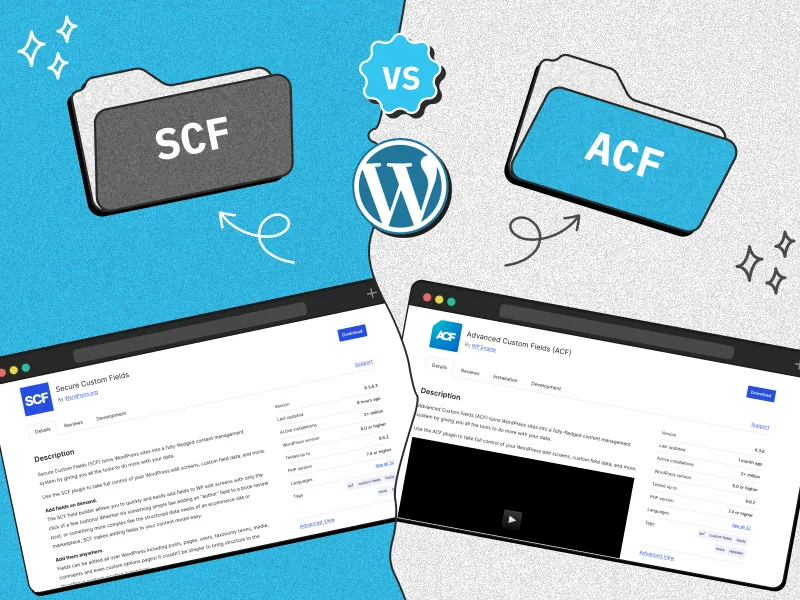
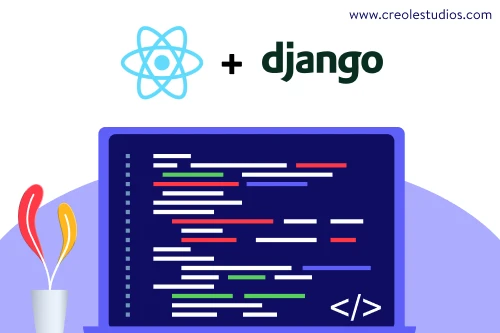

 Canada
Canada 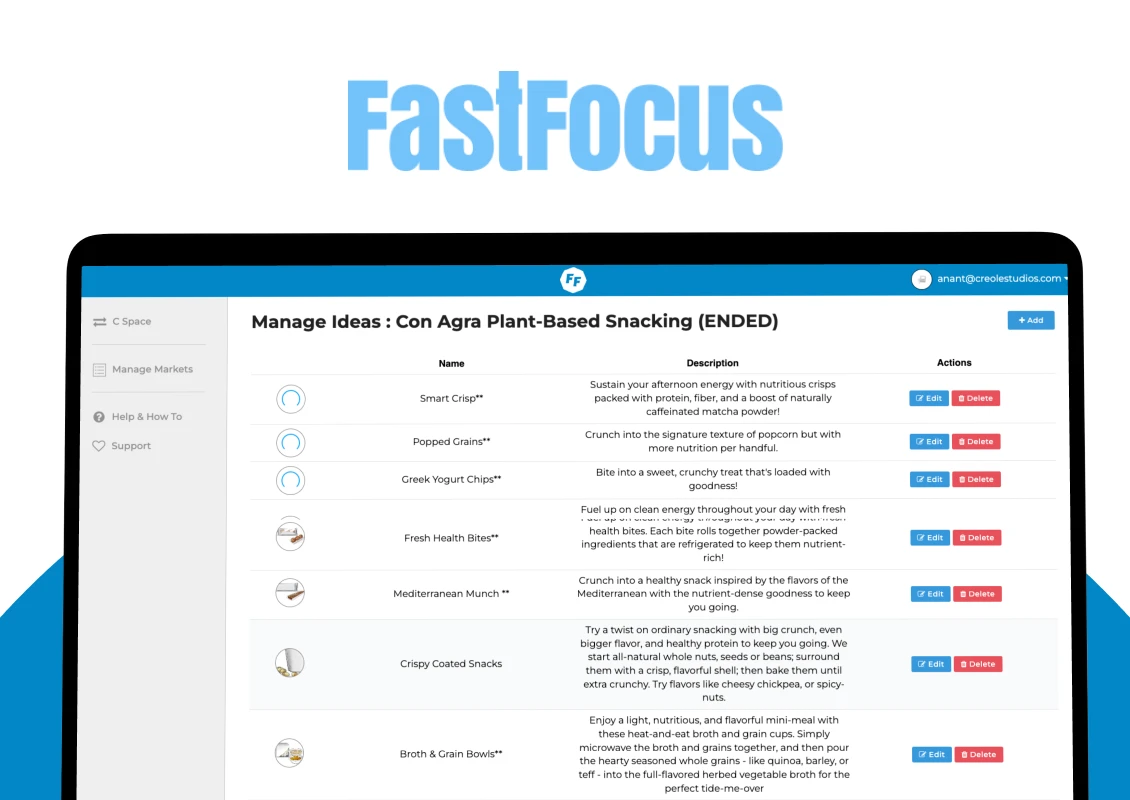
 USA
USA 






 Love we get from the world
Love we get from the world 